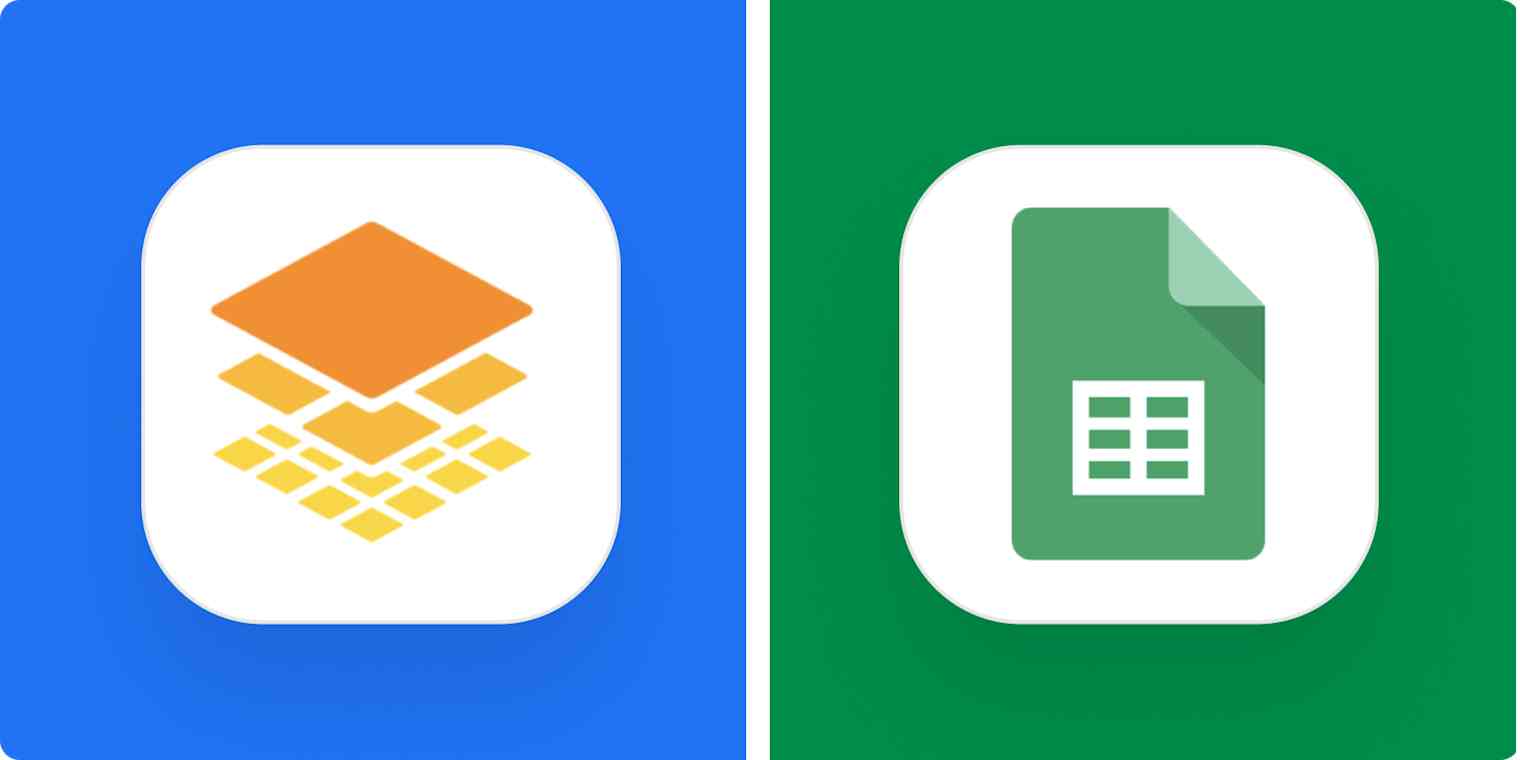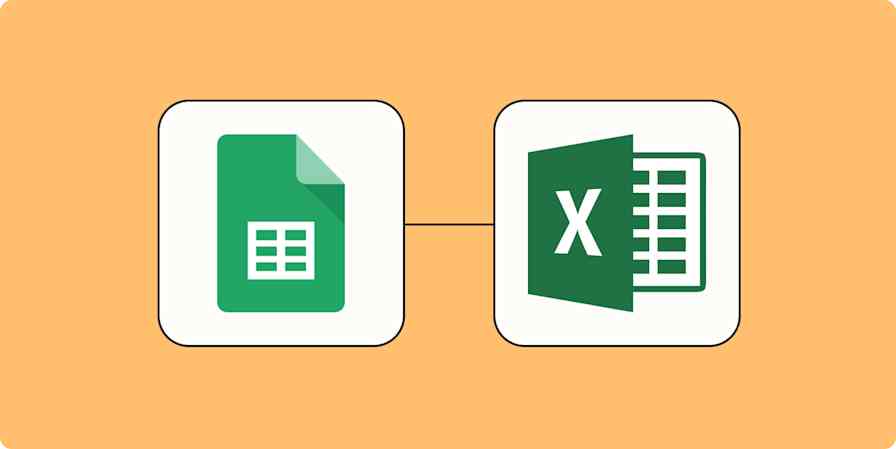App comparisons
4 min readGoogle Tables vs. Google Sheets: What's the difference?
By Justin Pot · May 10, 2021

Get productivity tips delivered straight to your inbox
We’ll email you 1-3 times per week—and never share your information.
mentioned apps
Related articles
Improve your productivity automatically. Use Zapier to get your apps working together.






